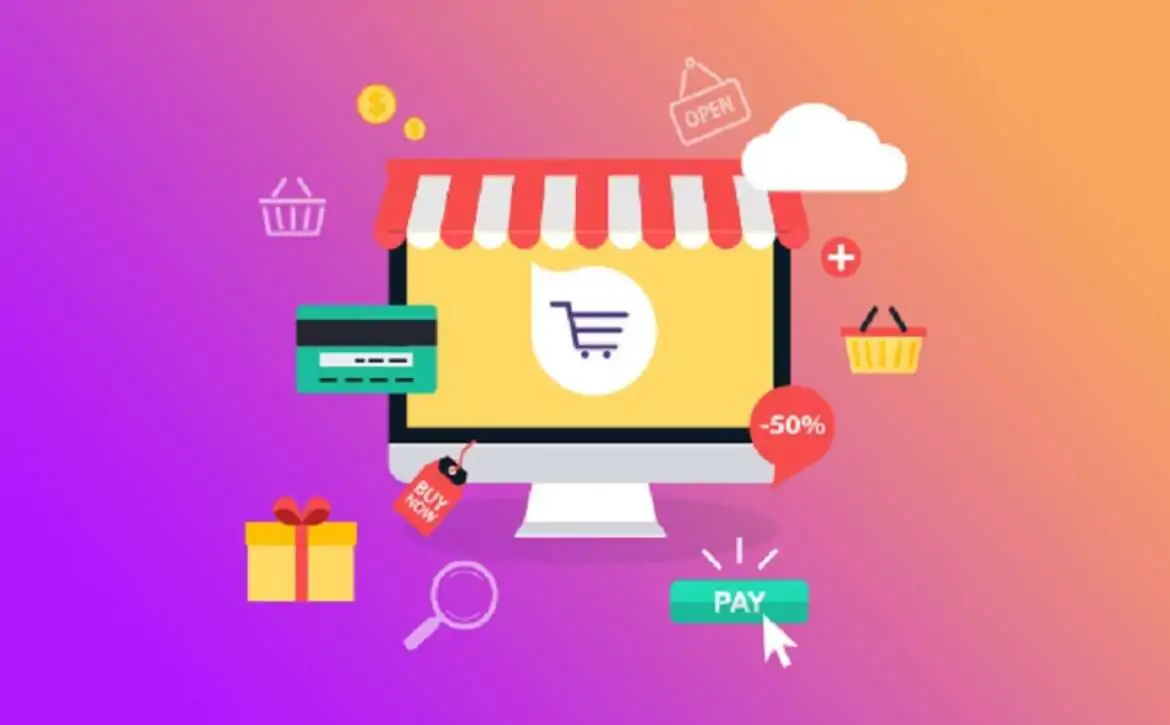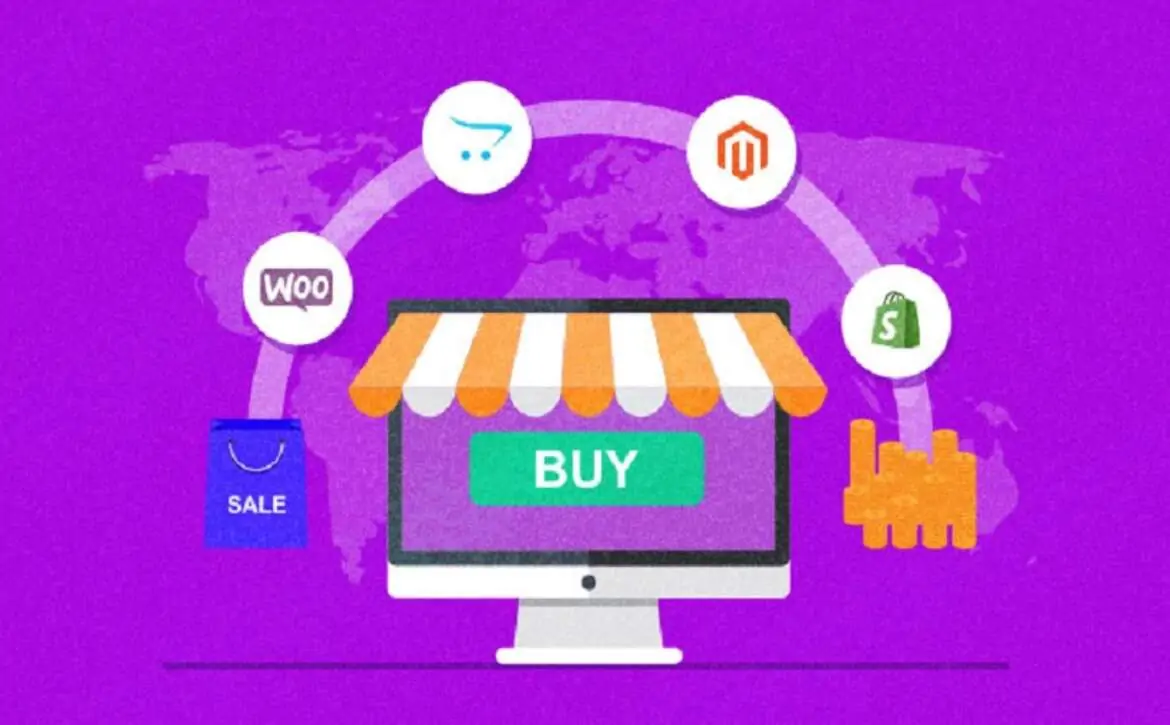How to Choose the Best Ecommerce Websites Platform for Your Business
Having a strong online presence is now essential for companies looking to expand and survive in the fast-paced digital world of today. With the rise of ecommerce, more and more companies are turning to ecommerce platforms to establish their virtual stores. Whether you are a startup launching your first ecommerce website or an established business looking to upgrade your current online presence, selecting the right ecommerce websites is a crucial decision. The right platform can streamline operations, enhance the customer experience, and drive business growth, while the wrong choice could lead to technical challenges, limited scalability, and unsatisfied customers.
They offer a variety of features such as product management, payment gateways, inventory control, customer relationship management (CRM), and marketing tools. From simple, DIY solutions to complex, enterprise-level platforms, there are a variety of options available for different business needs.
Choosing the best ecommerce platform depends on a range of factors, including ease of use, customization, scalability, cost, security, and customer support. Whether you are looking for a platform with intuitive design capabilities, advanced features for inventory management, or seamless integrations with payment processors, the right platform will provide the tools necessary to create an engaging shopping experience for your customers.
Furthermore, top 10 ecommerce websites such as Amazon, eBay, Shopify, and Etsy provide inspiration for businesses aiming to succeed in the competitive online market. By analyzing how these leading platforms operate, businesses can understand what makes them successful and how they can apply similar strategies to their own ecommerce ventures. In this article, we will delve deeper into the key considerations for choosing the best ecommerce platform tailored to your specific business needs.
Understanding Ecommerce Websites Platform
These platforms provide the necessary infrastructure to handle transactions, manage inventory, and maintain customer relationships. From small startups to large enterprises, ecommerce platforms cater to a wide range of business needs, ensuring flexibility and scalability for growth. Whether you’re looking for simple, user-friendly solutions or advanced, feature-rich options, there is a variety of ecommerce platforms to choose from.
Considerations for Selecting an E-Commerce Platform
To make an informed choice, there are several key factors you need to consider.
1. Ease of Use
One of the most critical factors to consider when choosing an ecommerce platform is how user-friendly it is. Business owners and team members who are not necessarily tech-savvy should look for platforms that offer a simple and intuitive interface. Platforms like Shopify, WooCommerce, and BigCommerce provide drag-and-drop functionalities, making it easier for users to set up and manage their ecommerce websites without requiring extensive technical knowledge. Additionally, platforms that offer a clean, streamlined dashboard are preferable for ease of use.
2. Customization and Design
Your ecommerce website is the face of your business, so having a platform that offers flexibility in design and customization is essential. Best ecommerce website design allows businesses to reflect their brand identity effectively. Platforms such as Magento, Shopify, and Wix provide customizable templates and themes that allow businesses to create unique, visually appealing websites that stand out from competitors. Additionally, ecommerce website templates make it easier for businesses to get started quickly without having to start from scratch.
3. Scalability
As businesses grow, their ecommerce platforms should be able to grow with them. Whether expanding product offerings, increasing traffic, or integrating additional features, a scalable platform ensures that your website remains functional and efficient. Top 10 e-commerce websites like Amazon and eBay rely on platforms with strong scalability to handle high volumes of traffic and large inventories. Magento and Shopify Plus are examples of platforms known for their ability to scale with business needs.
4. Features and Functionality
Different e-commerce websites list come with a variety of built-in features that cater to specific business needs. For instance, if you’re selling physical products, look for features like inventory management, order tracking, and shipping integrations. On the other hand, if you run a service-based business, you may need a platform offering appointment scheduling or service booking functionality. Other essential features to consider include payment gateways, customer reviews, and advanced analytics. Ecommerce website examples, like those of top fashion brands or tech retailers, highlight how tailored features enhance the user experience.
5. Cost and Payment Options
Prices vary depending on the level of functionality and the number of features included. Platforms such as WooCommerce and BigCommerce offer both free and paid versions, with paid options providing more advanced features. Additionally, businesses must evaluate payment gateways supported by the platform, ensuring that customers have multiple, secure options for making purchases.
6. Security and Performance
Security should never be compromised when choosing an ecommerce platform. Customers expect a seamless, secure shopping experience, so platforms must ensure features like SSL certificates, data encryption, and secure payment processing. Performance is equally critical for retaining customers faster load times and minimal downtime are key for maintaining a positive user experience.
Examples of Top Ecommerce Websites
To gain inspiration and insight into the functionality of top e commerce website project, examining their design and features is helpful. Amazon, for example, is a giant in the ecommerce space and excels in providing a seamless user experience, fast shipping, and a robust inventory management system. Similarly, fashion e-commerce sites like ASOS and Zalando showcase best ecommerce websites design by offering tailored shopping experiences with personalized recommendations and visually engaging layouts.
In the end, choosing the best ecommerce websites platform for your business is a crucial decision that impacts your online success. By considering factors such as ease of use, customization, scalability, features, and security, you can select a platform that aligns with your business goals. Whether launching your first ecommerce website or scaling up an existing one, platforms like Shopify, WooCommerce, Magento, and BigCommerce provide powerful tools to meet your needs. Ultimately, your choice should reflect the unique demands of your business, ensuring that your ecommerce website delivers a seamless, secure, and engaging shopping experience for your customers.



